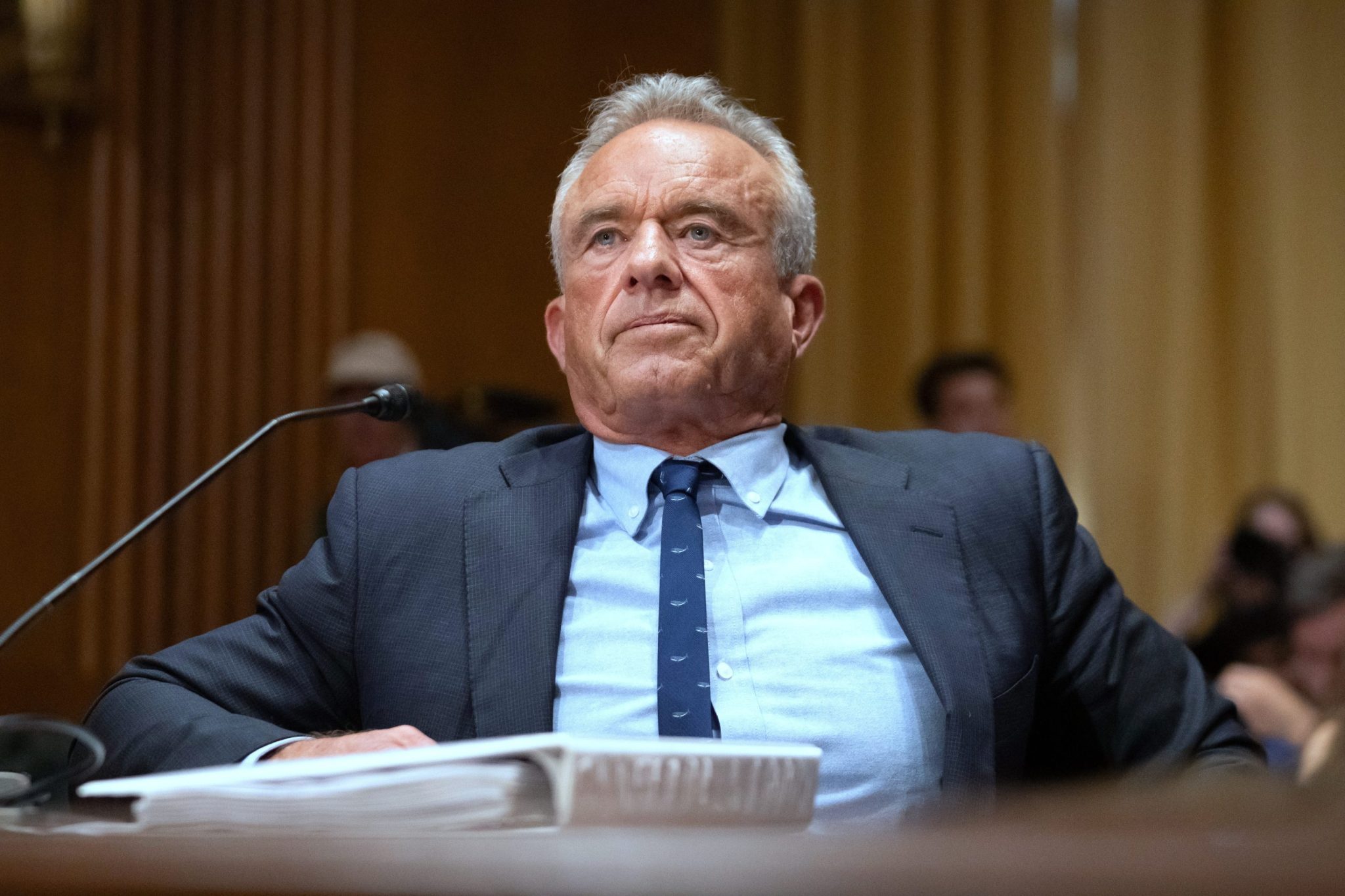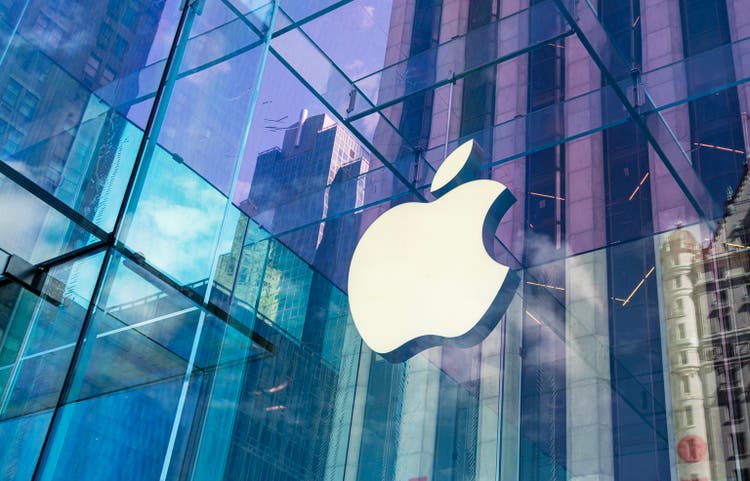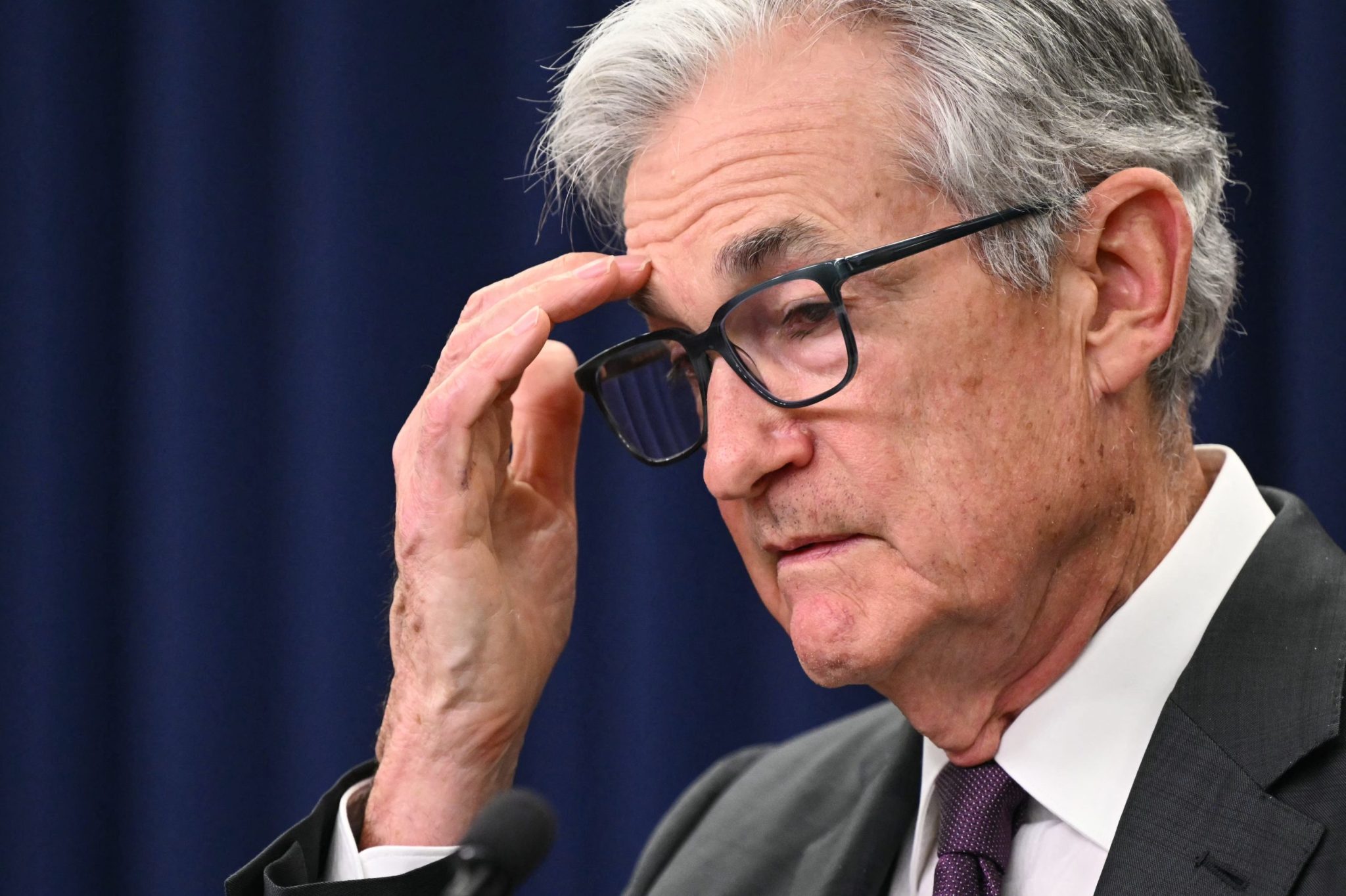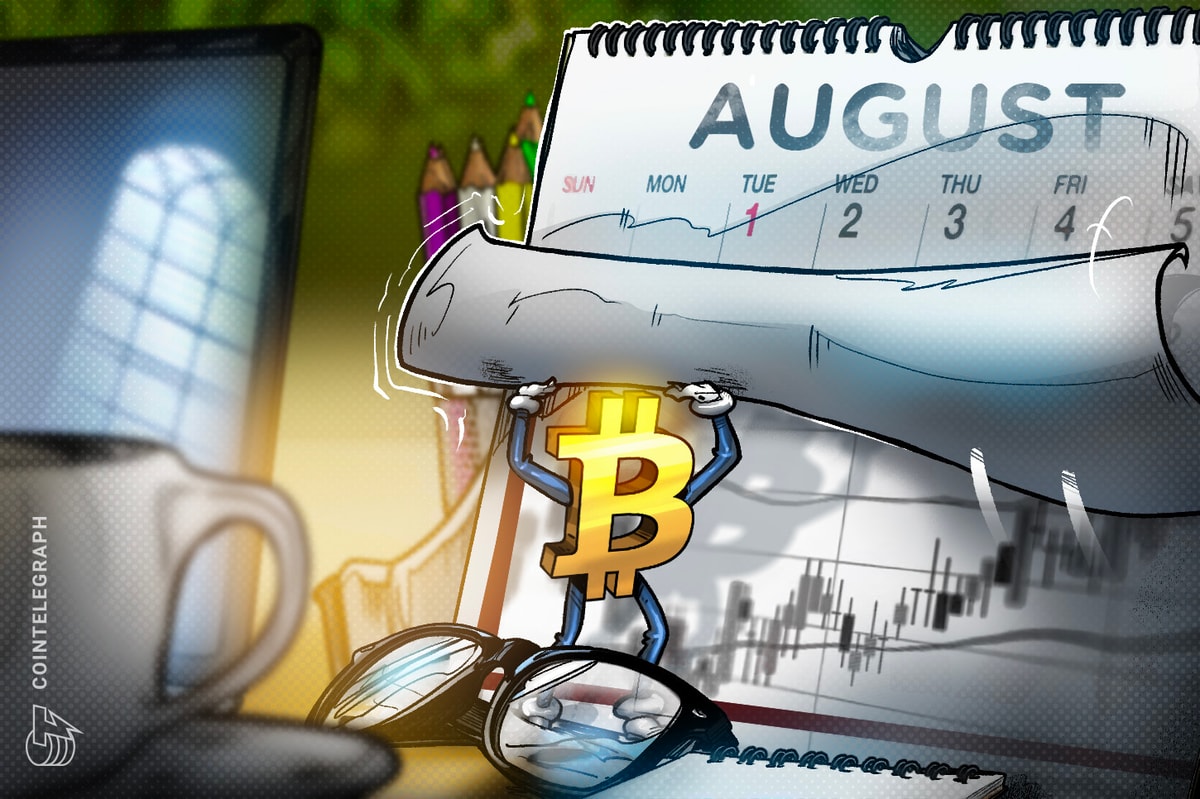The corporate insolvency resolution process (CIRP) of Hindusthan National Glass & Industries Ltd. (HNGIL) -- India’s oldest and once-largest container glass manufacturer -- has snowballed into a full-blown regulatory and legal storm.
A 39-page legal notice addressed to the Reserve Bank of India (RBI), the Securities and Exchange Board of India (SEBI), the Ministry of Finance, the Ministry of Corporate Affairs, the Insolvency and Bankruptcy Board of India (IBBI), and the Parliamentary Standing Committee on Finance has accused the resolution applicant, Independent Sugar Corporation Limited (INSCO), of pushing through a financing structure that is opaque, unlawful, and in direct violation of the country’s financial regulations and binding judicial orders.
The legal notice/representation, filed on behalf of a dissenting financial creditor and stakeholder in the CIRP of HNGIL, who is also the original complainant in criminal proceedings against the company’s suspended Resolution Professional, describes the proposed deal as a “direct assault on the sanctity of India’s regulatory regime” and urges immediate regulatory intervention.
The Controversial Resolution Plan
The Resolution Plan dated June 8, 2025, approved by the National Company Law Tribunal (NCLT) on August 14, 2025, and now under challenge before the National Company Law Appellate Tribunal (NCLAT), lies at the center of the controversy.
At the core of the dispute are two highly questionable financing arrangements on which the plan is premised:
- Cerberus Global Investments B.V. Term Sheet (April 29, 2025): An indicative, expressly non-binding document proposing an investment of ₹1,550 crore. The document is heavily redacted, replete with disclaimers, and devoid of any binding or enforceable commitments—casting doubt on its credibility as a funding source.
- International Finance Corporation (IFC) Term Sheet (July 14, 2022): A term sheet inexplicably annexed at a much later stage, despite never being part of the original resolution plan. Given the passage of time, it is widely believed to have expired, and its inclusion raises serious legal and procedural questions regarding propriety, disclosure, and misrepresentation.
Despite these glaring infirmities, the Committee of Creditors (CoC) proceeded to approve the plan, effectively depriving both creditors and shareholders of their statutory right to a fair and fully informed evaluation of the proposal.
The legality of this approval is now the subject of multiple appeals filed by various stakeholders including Operational Creditors and Unsecured Financial Creditors being paid NIL amount and Workers and Employees whose employment stand terminated with approval of Plan. The NCLAT, while admitting the appeals filed by various stakeholders against the Resolution Plan, has issued the following directions:
- All appeals challenging the NCLT’s order dated August 14, 2025, shall be consolidated and heard together, with pleadings to be completed within fixed timelines.
- Three weeks’ time has been granted to the respondents to file their replies, with one additional week allowed for rejoinders.
- The appeals have been listed for final hearing on October 9, 2025, at 2:00 P.M.
- Significantly, while no interim stay has been granted on the NCLT’s approval of the Resolution Plan, the NCLAT has clarified that all actions taken pursuant to the plan will be subject to the final outcome of the appeals. The Successful Resolution Applicant is not absolved of its obligations in the meantime.
Accordingly, the fate of the Resolution Plan dated June 8, 2025, remains uncertain, with its implementation now hanging squarely on the NCLAT’s forthcoming adjudication. The Tribunal’s categorical observation that “all actions shall abide by the result of the Appeals” underscores the fragile and conditional nature of the current process.
The Cerberus-Madhvani Private Credit Deal
The notice places strong reliance on a Bloomberg report dated August 26, 2025, which disclosed that Cerberus Capital Management LP was in negotiations with Uganda’s Madhvani Group for a $190 million private credit loan intended to finance the acquisition of HNGIL.
According to the complainant, this proposed financing structure is fundamentally illegal and riddled with regulatory breaches. It is alleged to contravene multiple provisions of the Reserve Bank of India (RBI) and the Foreign Exchange Management Act (FEMA), 1999, on the grounds of being Ineligible Lender / Tenor Violation / End-use Restriction and Opaque Fund Flow.
The representation brands the financing arrangement as “an impermissible and artificial device designed to channel foreign private credit into a listed Indian company in circumvention of Indian law.”
Trading Suspension and Premature Delisting
Beyond financing irregularities, the notice also expresses grave concern over the abrupt suspension of HNGIL’s shares from trading and the parallel initiation of a delisting process.
The complainant argues that these measures are both premature and unlawful, citing multiple violations of statutory and regulatory requirements:
- Non-payment to creditors: No upfront payments have been made to creditors, despite such payments being a precondition under the approved Resolution Plan. Proceeding with trading suspension and delisting in the absence of these payments undermines both the plan’s enforceability and the rights of stakeholders.
- Failure to reconstitute the Board: Section 31(4) of the Insolvency and Bankruptcy Code (IBC), 2016, read with the SEBI (Listing Obligations and Disclosure Requirements) Regulations, 2015, mandates the timely reconstitution of the company’s Board of Directors upon plan approval. The complainant highlights that this reconstitution has not taken place, rendering the corporate governance framework defective.
- Non-compliance with SEBI Delisting Regulations, 2021: Under the SEBI framework, no delisting can be pursued unless all preconditions—including settlement of dues and upfront payments—are fully complied with. The absence of such compliance renders the delisting process invalid in law.
The representation further alleges that the delisting move is being pursued “in collusion between the CoC and INSCO” with the ulterior objective of excluding minority shareholders and public investors. This, the complainant argues, directly violates SEBI’s Circular dated June 10, 2021, which explicitly requires that all payments and compliance obligations be satisfied before delisting actions are undertaken.
Taken together, the suspension of trading and the rushed delisting attempt are portrayed as a deliberate strategy to strip away transparency, disenfranchise public investors, and shield the Resolution Applicant from scrutiny.
The Bigger Picture: Why This Case Matters
HNGIL’s insolvency has outgrown the confines of a single corporate dispute. It has now emerged as a litmus test for the credibility of India’s Insolvency and Bankruptcy Code, 2016, and the resilience of its financial market safeguards.
If the allegations raised in the representation are substantiated, the consequences would be far-reaching:
The complainant cautions: “Unless immediate corrective measures are taken by RBI, SEBI, and other competent authorities, the HNGIL case will set a dangerous precedent, weakening investor confidence and destabilizing India’s financial system.”
The representation warns that the credibility of India’s entire Insolvency and Bankruptcy Code (IBC) regime is now on the line. With the matter now under active consideration by multiple regulators and appeals pending before the NCLAT, the spotlight is firmly on the RBI, SEBI, and the Government of India. Their response—or their silence—will decisively determine whether India’s regulatory architecture can withstand the pressures of high-stakes foreign capital in distressed asset acquisitions.

 2 days ago
1
2 days ago
1























 English (US) ·
English (US) ·